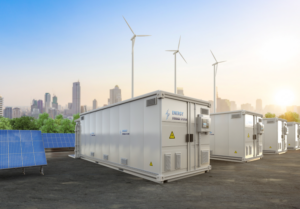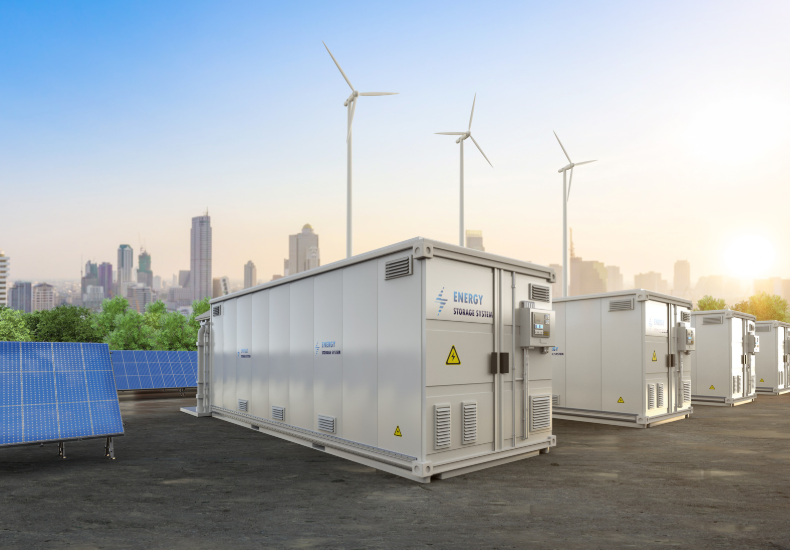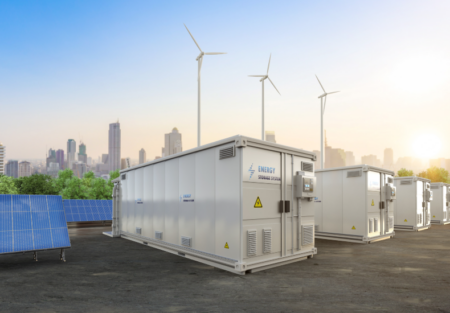Scotland’s electricity grid, increasingly saturated with renewable energy, is under mounting pressure from intermittency and congestion. In response, battery energy storage is becoming central to maintaining grid stability—and two new 100 MWh projects backed by Envision Energy and Field mark a notable expansion in that strategy.
Envision Energy has signed supply agreements to deliver Lithium Iron Phosphate (LFP) battery systems for Field’s Holmston and Drum Farm projects, each offering 50 MW/100 MWh of capacity. Construction at Holmston in South Ayrshire began this summer, while Drum Farm, located near Keith in northern Scotland, is set to break ground in early autumn. Both are slated for completion by the end of 2026.
The installations are strategically located in parts of the grid that face significant transmission constraints, a challenge amplified by Scotland’s growing wind energy output. National Grid ESO has repeatedly highlighted the need for flexibility services to mitigate curtailment and optimize renewable integration. These projects will help absorb surplus generation and deliver electricity back to the grid when needed—shifting the role of batteries from short-term arbitrage to long-duration system value.
Henry Peng, Envision Energy’s Senior VP for Europe and Latin America, noted that the company’s systems are tailored for a 15-year service life and equipped to provide key services such as grid-forming and black start capabilities—features critical for a future electricity system with low inertia and high renewable penetration.
The projects are part of a broader trend: the U.K. battery storage market is on track to exceed 30 GW of capacity by 2030, up from just over 5 GW today. Scotland, with its outsized contribution to wind power and its geographic remoteness from major demand centers, is seeing heightened investment in storage as a buffer against grid instability and renewable energy waste.
The technology choice—Lithium Iron Phosphate—further reflects a shift toward chemistries that prioritize safety and long-cycle durability. While LFP batteries offer slightly lower energy density than nickel manganese cobalt (NMC) alternatives, they are increasingly favored for grid-scale installations due to thermal stability and a longer operational lifespan, especially under daily cycling.
From a grid services perspective, the Field-Envision projects will deliver more than just energy arbitrage. With capabilities for frequency response, inertia replacement, and reactive power support, they are designed to act as dynamic system assets rather than passive storage banks.
Stay updated on the latest in energy! Follow us on LinkedIn, Facebook, and X for real-time news and insights. Don’t miss out on exclusive interviews and webinars—subscribe to our YouTube channel today! Join our community and be part of the conversation shaping the future of energy.


